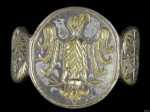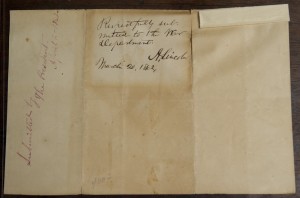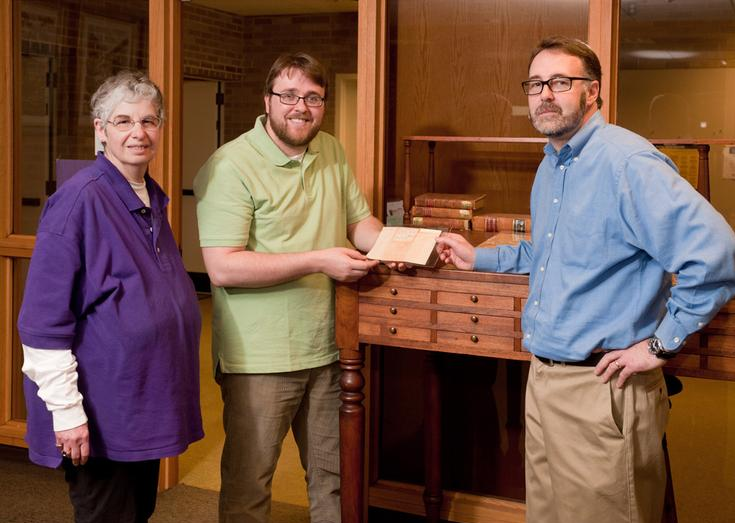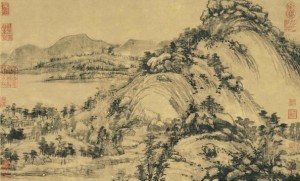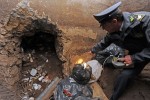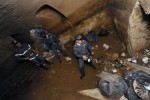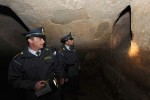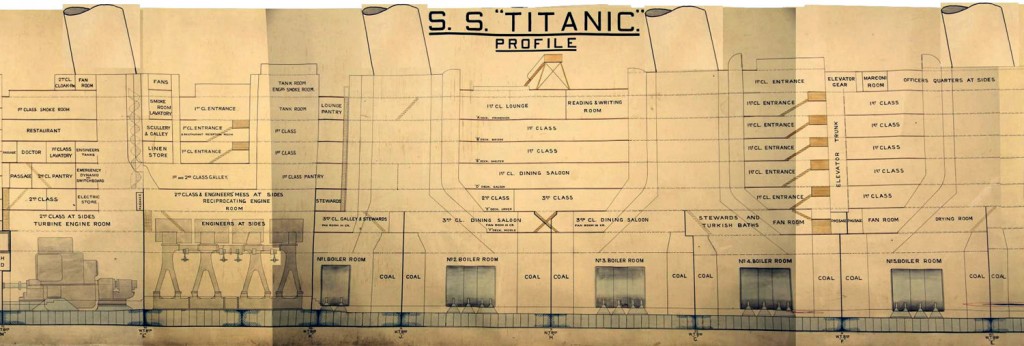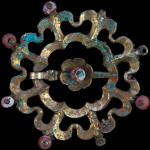 In another happy story of someone putting historical value above personal wealth, an Austrian man has found 200 pieces of centuries-old jewelry in his backyard in Wiener Neustadt, south of Vienna, the Austrian Federal Monument Agency (BDA) announced Friday. He was digging to expand a pond in his garden in 2007 when he came across hundreds of these pieces that were encrusted with moist clumps of earth. He put them in a box in the basement and forgot about them for a couple of years.
In another happy story of someone putting historical value above personal wealth, an Austrian man has found 200 pieces of centuries-old jewelry in his backyard in Wiener Neustadt, south of Vienna, the Austrian Federal Monument Agency (BDA) announced Friday. He was digging to expand a pond in his garden in 2007 when he came across hundreds of these pieces that were encrusted with moist clumps of earth. He put them in a box in the basement and forgot about them for a couple of years.
When he came across them again while packing up his belongings after selling his house, some of the dirt had dried up and fallen off, revealing the presence of precious metals and gems. He cleaned them further with common household cleansers (don’t try this at home, kids) and posted pictures of the jewels on the Internet. Collectors told him they could be very old and valuable. An amateur archaeologist encouraged him to report the discovery to the BDA, so he packed them in a plastic bag and brought them to the Monument Agency.
Austria’s department in charge of national antiquities said the trove consists of more than 200 rings, brooches, ornate belt buckles, gold-plated silver plates and other pieces or fragments, many encrusted with pearls, fossilized coral and other ornaments. It says the objects are about 650 years old and are being evaluated for their provenance and worth.
While not assigning a monetary value to the buried bling, the enthusiastic language from the normally staid Federal Office for Memorials reflected the significance it attached to the discovery.
“Fairy tales still exist!” it said its statement. “Private individual finds sensational treasure in garden.”
It described the ornaments as “one of the qualitatively most significant discoveries of medieval treasure in Austria.”
The monetary value will only be assessed after all the research on provenance and materials has been done, but the finder, who wishes to remain anonymous, has no intention of selling. He wishes to make this beautiful and historical cultural patrimony available to the public.
Many of the jewels will be presented to the public on May 2 in Vienna’s Hofburg Palace complex, the official residence of the President of Austria, the seat of government, and a museum showcasing imperial Hapsburg history.
